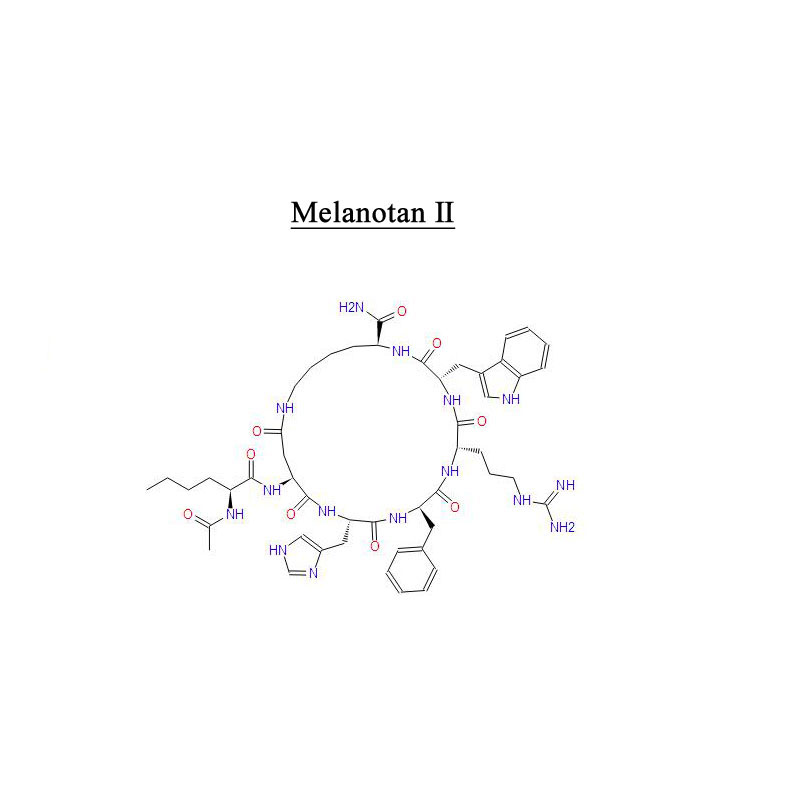
Glaucoma is a leading cause of blindness worldwide, affecting millions of people. It is a condition that causes damage to the optic nerve, usually as a result of increased pressure within the eye. While there are treatments available to help manage the symptoms of glaucoma, there is no cure for the disease. However, a promising new technology for reducing optic nerve pressure has been developed by a company {Xiamen Neore Pharmaceutical Technology Co., Ltd.}.
{Xiamen Neore Pharmaceutical Technology Co., Ltd.} is a pharmaceutical company that was established in May of 2014 and specializes in research and development, manufacturing, and trading of Human APIs, Veterinary, and peptide products. The company provides its products and customization services to global pharmaceutical enterprises and cosmetic companies around the world.
The company's latest innovation is a technology designed to reduce optic nerve pressure in patients with glaucoma. This technology has the potential to provide new hope for individuals suffering from this debilitating condition. By targeting the underlying cause of the disease, this new approach could offer a more effective treatment option for patients.
Glaucoma is often referred to as the "silent thief of sight" because it can progress gradually without any noticeable symptoms until significant vision loss has occurred. The disease is often caused by a build-up of pressure within the eye, which can damage the delicate fibers of the optic nerve. This damage can lead to vision loss and, if left untreated, blindness.
Current treatments for glaucoma focus on lowering intraocular pressure to slow or prevent further damage to the optic nerve. These treatments can include eye drops, laser therapy, or surgery. While these treatments can be effective for many patients, there is still a need for more advanced and targeted approaches to managing the disease.
The technology developed by {Xiamen Neore Pharmaceutical Technology Co., Ltd.} targets the underlying cause of glaucoma by reducing pressure on the optic nerve. This approach has the potential to not only slow the progression of the disease but also to potentially reverse some of the damage that has already occurred. By addressing the root cause of the condition, this new technology could offer a significant advancement in the treatment of glaucoma.
The development of this technology represents a major breakthrough in the field of ophthalmology. With the potential to provide a more targeted and effective treatment for glaucoma, this technology could significantly improve the quality of life for millions of people worldwide.
In addition to its potential impact on patient care, this technology also represents a significant achievement for {Xiamen Neore Pharmaceutical Technology Co., Ltd.}. The company's commitment to innovation and research has led to the development of a groundbreaking new approach to treating glaucoma. This achievement highlights {Xiamen Neore Pharmaceutical Technology Co., Ltd.}'s position as a leader in the pharmaceutical industry and its dedication to improving patient outcomes.
As the company continues to advance its research and development efforts, there is hope that this technology could soon become available to patients in need. By offering a more effective and targeted treatment option for glaucoma, {Xiamen Neore Pharmaceutical Technology Co., Ltd.} is poised to make a significant impact on the lives of individuals suffering from this devastating disease.
Overall, the development of a technology for reducing optic nerve pressure represents a major step forward in the treatment of glaucoma. With the potential to provide new hope for patients and significantly improve their quality of life, this innovative approach could change the landscape of glaucoma treatment. As {Xiamen Neore Pharmaceutical Technology Co., Ltd.} continues to advance its research and development efforts, there is hope that this technology will soon become available to patients around the world.
